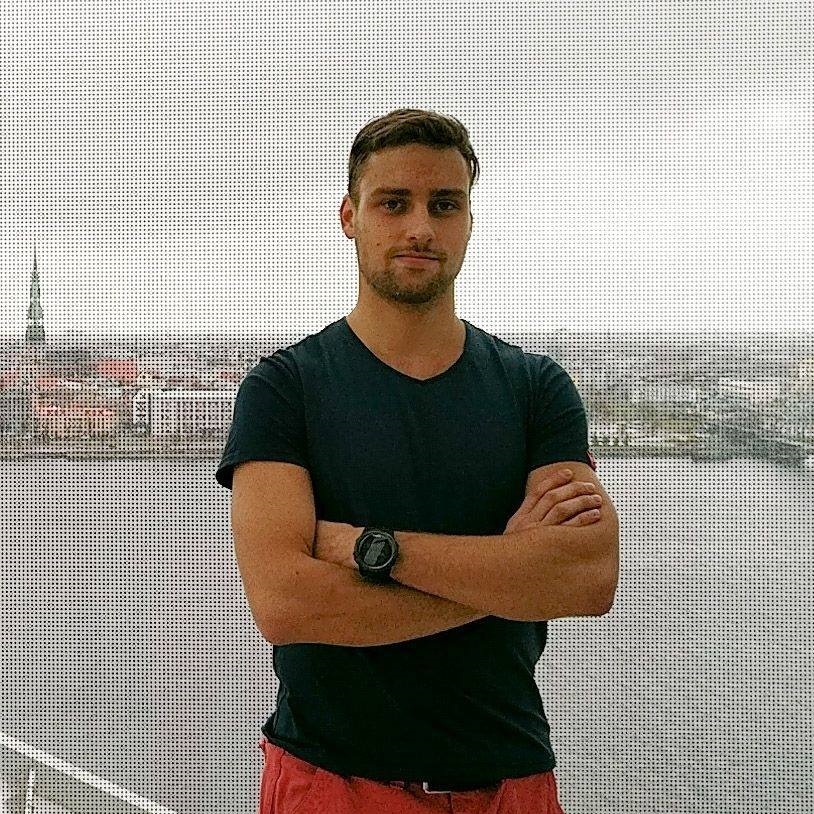Being a technical orthopaedist is a creative, technical and very dynamic profession
If you want to improve people’s quality of life, have good spatial and technical thinking, are creative and willing to learn then the Orthotics and Prosthetics Bachelor’s study programme (offered only in Latvian) at Rīga Stradiņš University (RSU) is the right choice for you.
Ēriks Švēde (pictured) graduated from the Orthotics and Prosthetics study programme nine years ago and has been successfully working as a technical orthopaedist at the Centre of Orthotics and Prosthetics in Vaivari. He is not only the Head of the centre, but also the Head of the Orthotics and Prosthetics study programme, as well as a lecturer at RSU. He has accrued wide theoretical and practical work experience over his years in the field, so he is best situated to talk about the study programme and what the work of a technical orthopaedist entails.
What is orthotics and prosthetics? These words might sound strange to someone who is not familiar with the field.
An orthosis is an external device that adjusts, restricts, or, on the contrary, facilitates movement in the joints or the extremities. Orthotics is the manufacturing and adjusting of these devices to fit the needs of a particular patient including their repair.
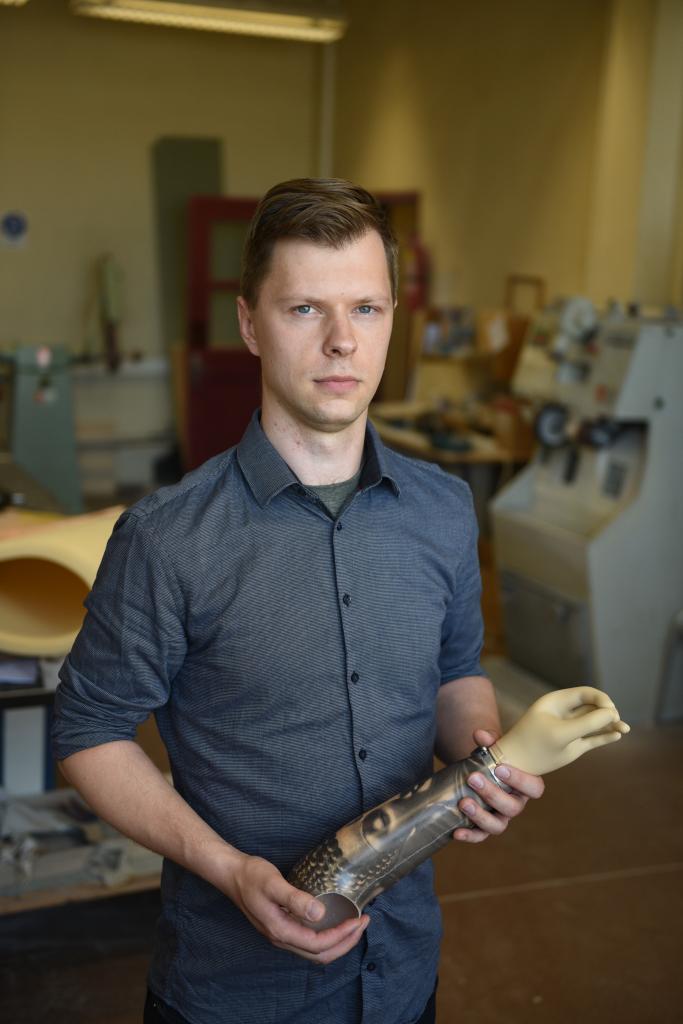
A prosthesis is a replacement for a missing hand or leg, or only separate any part of it. Amputations can vary greatly: from the amputation of one finger, amputation below or above the knee to the amputation at the hip. Please, do not confuse prosthetics with dentures made by a prosthetic dentist [laughs].
Why would movement need to be restricted?
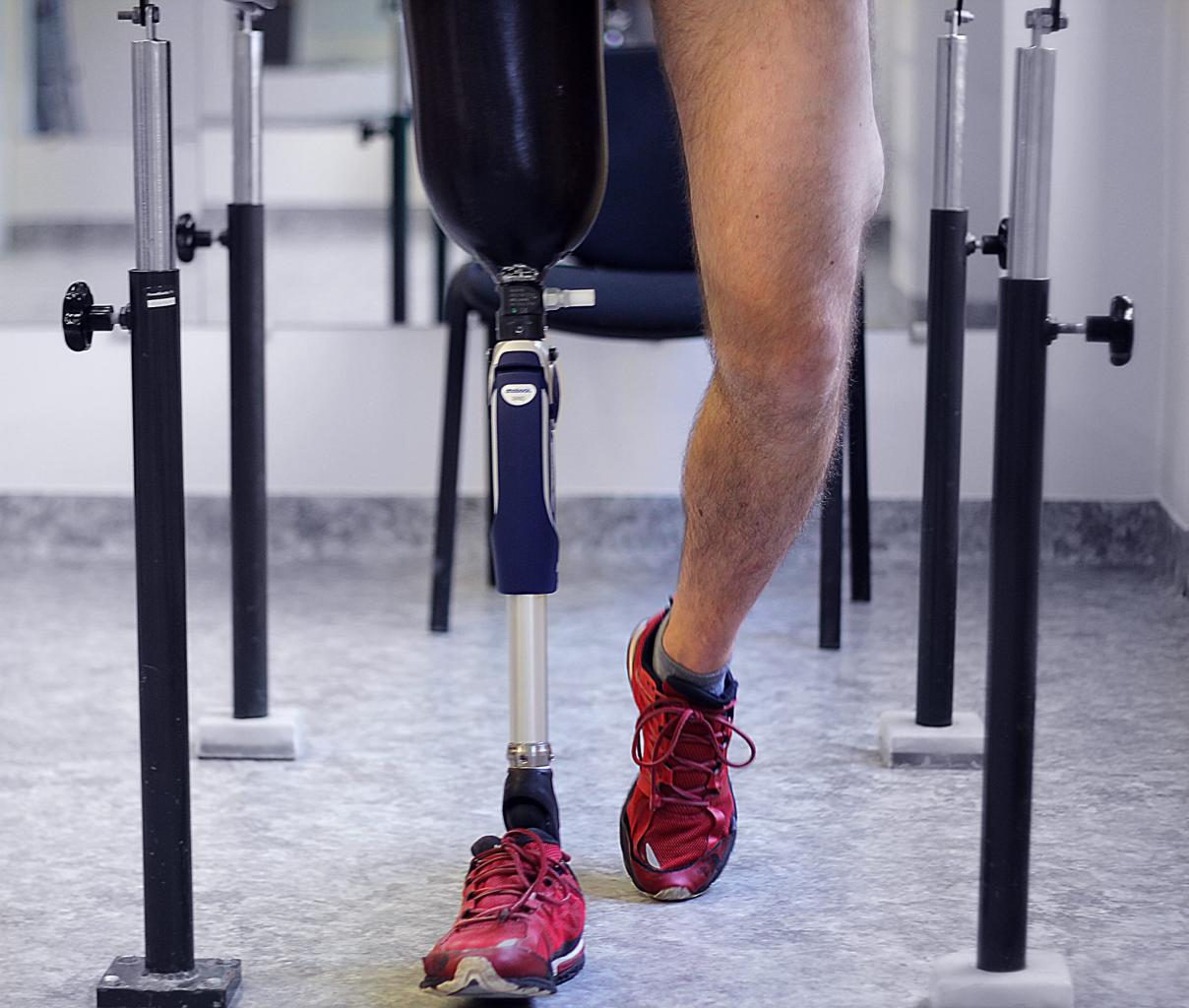
Movement can be restricted when a limb or a joint performs functions or movements that it is not intended to do. For example, there is something called “foot drop” in patients who have suffered a stroke – the foot drags along the ground and the person is at high risk of stumbling. In a case like this we would make an orthosis that keeps the foot in the right position which reduces movement and improves quality of life.
After completing this study programme students not only receive a Bachelor’s degree, but also a technical orthopaedist’s certification which qualifies you to work in the profession. What does a technical orthopaedist do?
A technical orthopaedist most often specialises in one of the sub-branches of clinical orthopaedics. You can specialise in prosthesis manufacturing which is further divided into subcategories like hand prostheses, or leg prostheses, in orthotics which is subdivided into orthotics with hard orthoses and orthotics with soft orthoses, or you could manufacture orthopaedic footwear. A technical orthopaedist makes also individual orthotic insoles, helmets, neck supports, adjustable corsets for scoliosis and much more.
Other graduates of the study programme focus on the business side and focus on the distribution of orthoses and prostheses, or various technical aids after they graduate.
There are technical orthopaedists who choose to go their own way and invent a new sub-branch of technical orthopaedics. One of our students focused on 3D modelling and printing during his final months of studying, for example. He did not go the usual way starting to work at a manufacturer, but rather found his own field designing 3D technical aids with a special computer program. While most technical orthopaedists work with established methods, at least for the time being, he is looking for solutions of how his work can be done faster and more accurately by using modern technologies.
My colleagues and I are working in a start-up on developing a computer program that can digitally and quickly adapt a device to a specific patient. In this way modern technologies can be fully implemented in the field of orthotics and prosthetics. I am glad that new students are also taught digital modelling so as to be able to use the latest techniques for developing assistive devices. As the study groups are relatively small (around 12 people), the practical classes are an excellent opportunity for turning to the tutor for advice. I myself chose this study programme because I liked to work with my hands and had an interest in medicine and technology.
Fricis Pirtnieks, graduate of the Orthotics and Prosthetics study programme, Product Development Specialist at WiDE Tech, 3D Designer
How would you describe your profession in a few words?
It is beautiful and creative work, because the product we make must be not only practical but also visually attractive. More and more of our customers want different kinds of orthoses and prostheses. Children’s technical aids will be colourful, for example, with flowers, animals, planets, characters from well-known children’s films and cartoons, and not just white, black, or skin coloured.
I have the impression that it is a physically demanding profession. Is this true?
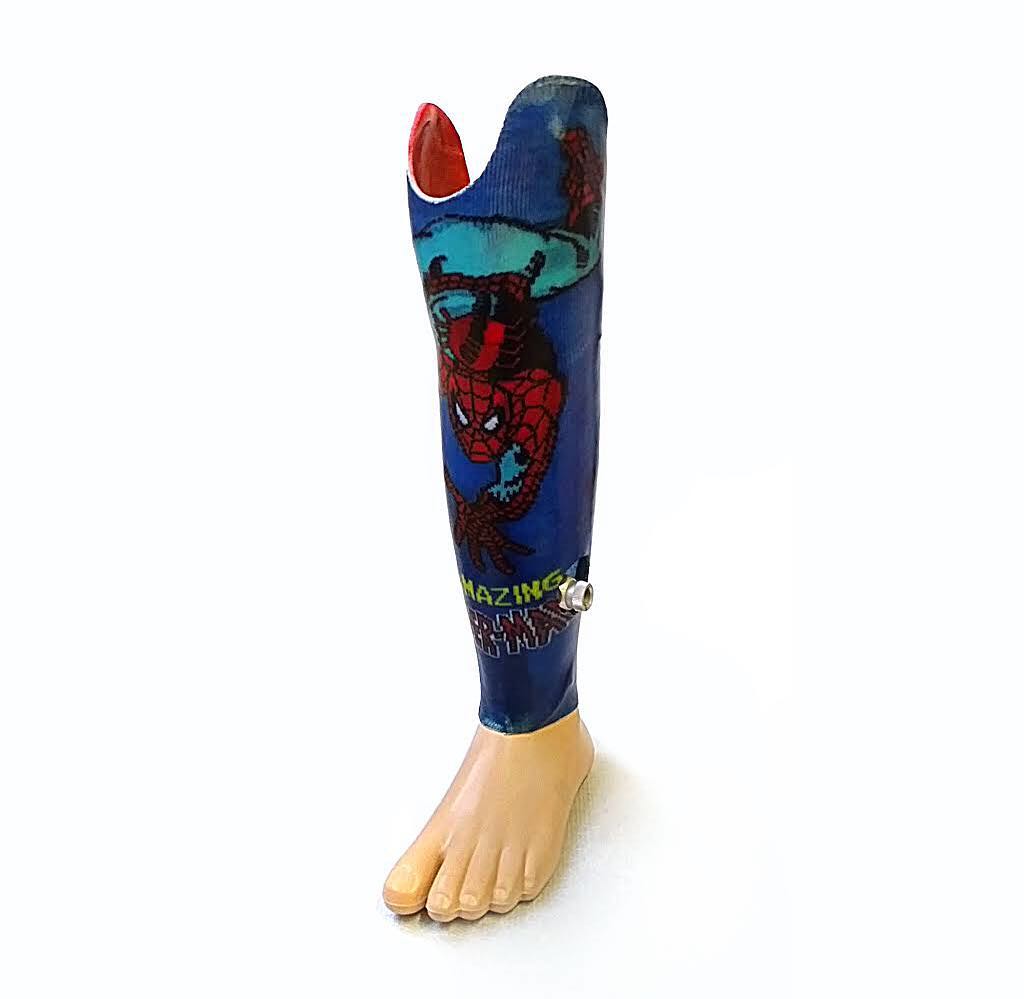
As technology develops physical strength is less and less crucial in this profession. In the past leather-bar prostheses were used which required bending steel and soaking leather manually and which later had to be drawn up onto wooden shapes. It was physically hard work, so historically, of course, it was a male-dominated profession. Today, however, technological development has made the work process easier and more accessible.
Why did you choose to study in this programme?
I wanted to study something that was both technical and creative at the same time. I finished a high school focused on the humanities, but you can learn anything if you put your mind to it.
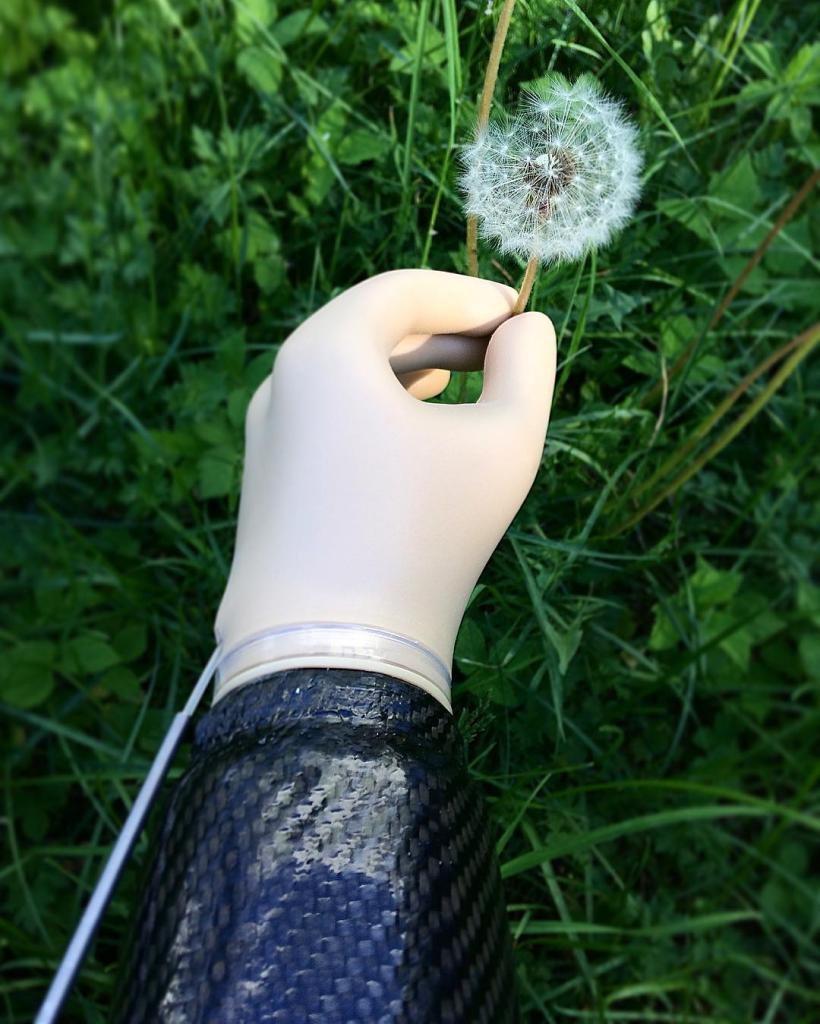
It is said that it is good for ones work to also be ones hobby. Who do you think is suited to do this profession day in and day out for whom it would not become a burden?
First of all, a young person must have the desire and the skills to learn. It happened to me that when I started studying at RSU I finally understood what it was like to study. You have to have determination and motivation!
Spatial thinking is also very important in our profession - it will make it easier to study. You should be able to visualise what you’re working with in order to understand whether and how a device will adapt to an amputated limb, for example.
In this profession, as in medicine, empathy and the ability to listen to and talk to the patient are crucial.
What did you find the most difficult when you were studying?
The first two years were the most difficult. A great deal of patience was needed to learn anatomy and all the parts of the human body in Latin, for example. If in the past at school everything was in Latvian, now I had to re-learn everything in Latin – a shin bone is the tibia, for example.
Is there enough work in Latvia?
I usually say that anyone who wants to work in this profession will always find a job. Maybe they will not get their dream job right away, because a company might not be looking for new employees that year, for example, but there is always some company looking for technical orthopaedists.
Is it a well-paid job?
I don’t think technical orthopaedists can complain about their pay.
What do you like about your profession?
The fact that work is dynamic and creative! You do not have to work in one office all the time, and the work you are doing is always changing. A technical orthopaedist takes patients’ measurements, designs and makes casts for orthoses or prostheses, learns about various technologies to process materials, manages production, and finally tests the finished product on the client adjusting it if necessary before presenting it to the client. My work changes all the time – every situation is different, and I need to find individual solutions for each patient.
Related news
 Sustainable ideas and an innovation bootcamp in Vienna – RSU students invited to apply for the Green Hexagon programmeRSU Alumni, For RSU Employees, For Students, Innovation
Sustainable ideas and an innovation bootcamp in Vienna – RSU students invited to apply for the Green Hexagon programmeRSU Alumni, For RSU Employees, For Students, Innovation